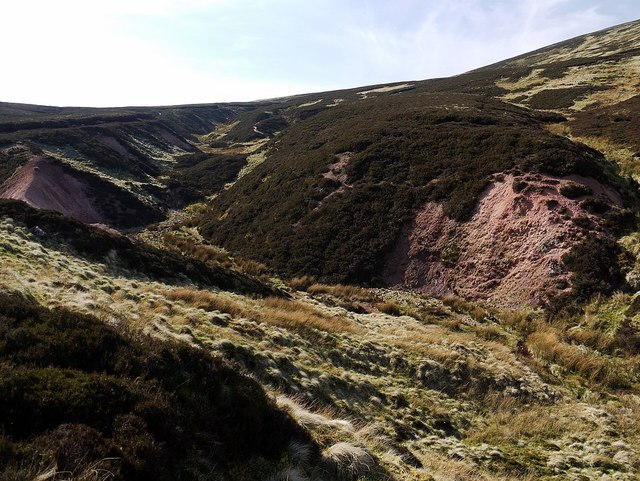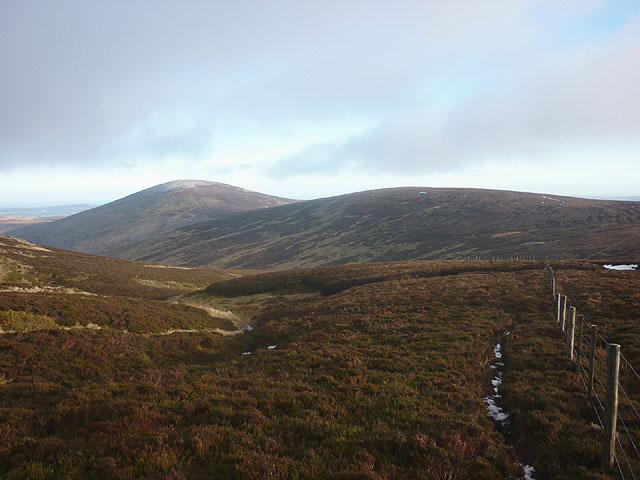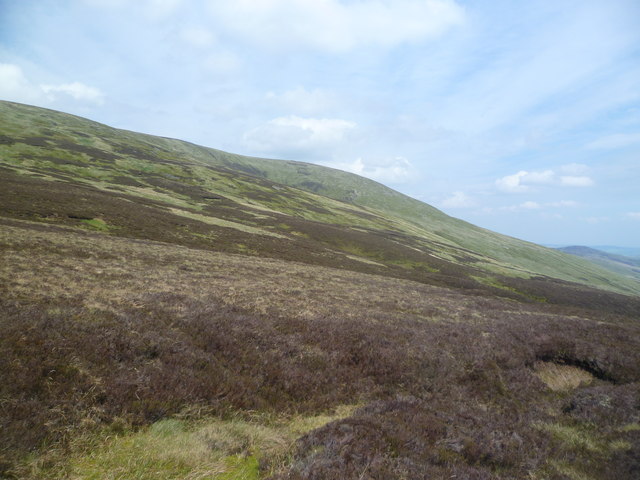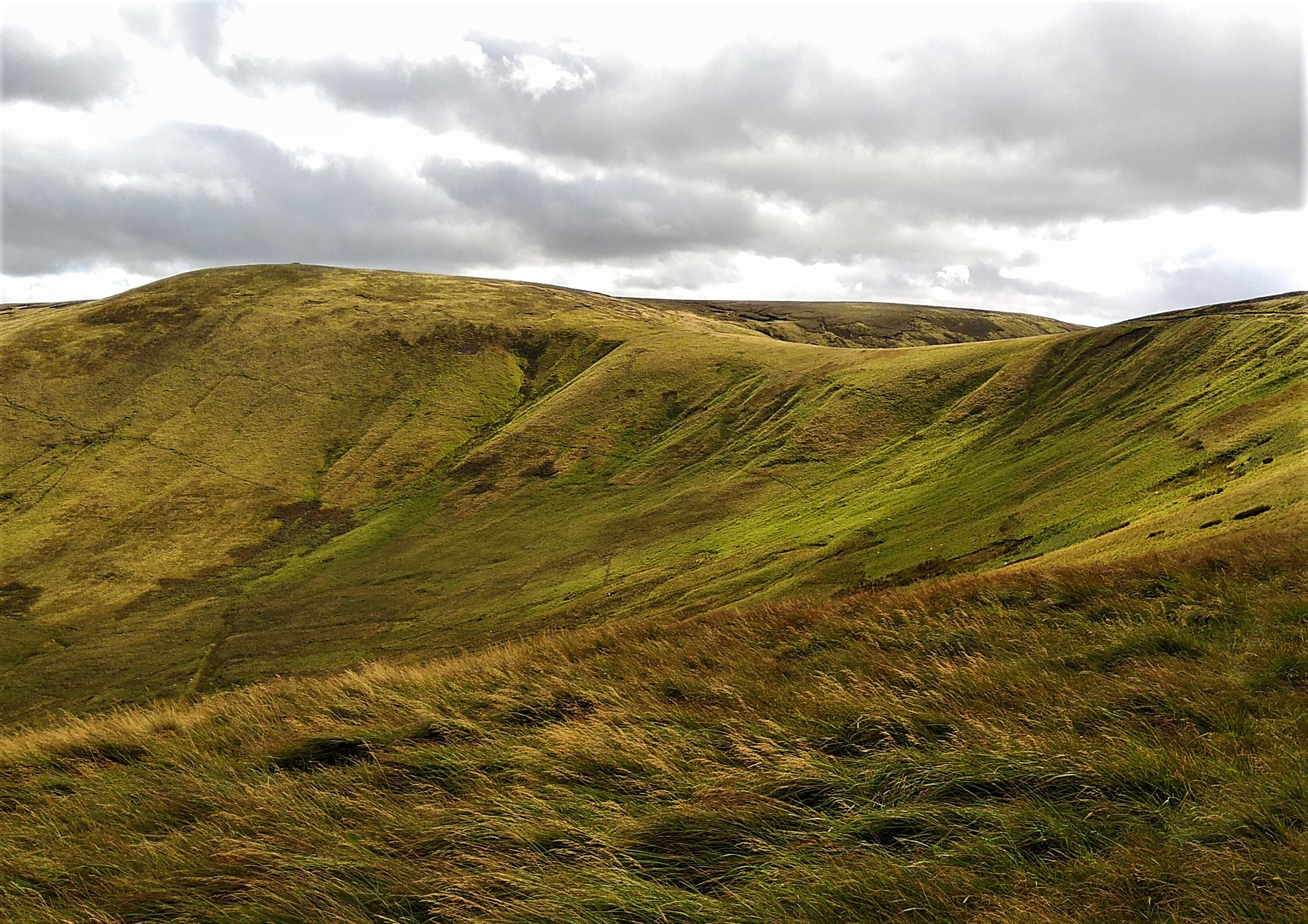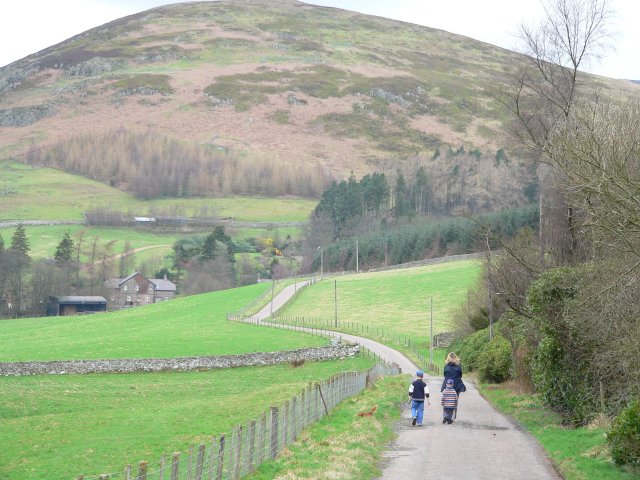Outer Quickening Cleugh
Valley in Northumberland
England
Outer Quickening Cleugh
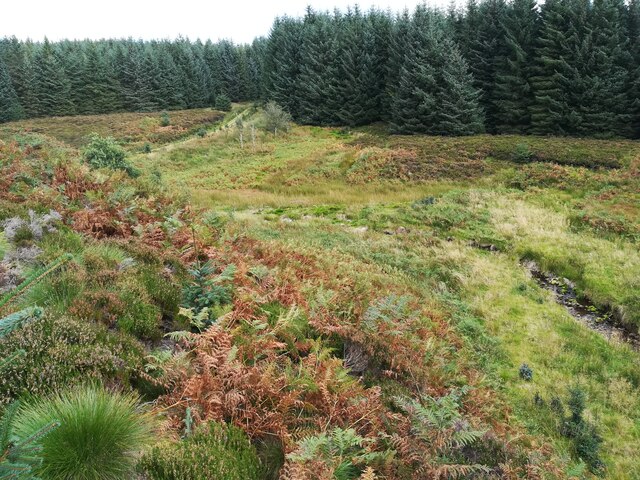
Outer Quickening Cleugh is a picturesque valley located in the county of Northumberland, England. Nestled amidst the rolling hills and verdant countryside, this valley offers a tranquil and idyllic setting for those seeking a retreat from the hustle and bustle of city life.
The valley is characterized by its lush green meadows, meandering streams, and dense woodland, creating a diverse and rich ecosystem. As part of the Northumberland National Park, Outer Quickening Cleugh is home to various species of flora and fauna, including rare wildflowers, birds, and small mammals.
Visitors to Outer Quickening Cleugh can enjoy a range of outdoor activities. The valley boasts numerous walking trails, allowing visitors to explore its natural beauty at their own pace. These trails offer breathtaking views of the surrounding countryside, making it a popular destination for hikers and nature enthusiasts.
For those interested in history, Outer Quickening Cleugh has several archaeological sites dating back to the Neolithic period. These sites include ancient burial mounds and stone circles, providing insight into the valley's rich cultural heritage.
The valley is also known for its peaceful atmosphere, making it an ideal location for relaxation and contemplation. Visitors can find secluded spots along the streams or enjoy a picnic amidst the picturesque surroundings.
Overall, Outer Quickening Cleugh is a hidden gem in Northumberland, offering a serene and unspoiled natural environment for visitors to enjoy. Whether it's exploring the trails, immersing oneself in history, or simply taking in the beauty of the landscape, this valley provides a truly enchanting experience.
If you have any feedback on the listing, please let us know in the comments section below.
Outer Quickening Cleugh Images
Images are sourced within 2km of 55.448765/-2.1481358 or Grid Reference NT9017. Thanks to Geograph Open Source API. All images are credited.





Outer Quickening Cleugh is located at Grid Ref: NT9017 (Lat: 55.448765, Lng: -2.1481358)
Unitary Authority: Northumberland
Police Authority: Northumbria
What 3 Words
///edit.diplomas.trend. Near Kirknewton, Northumberland
Nearby Locations
Related Wikis
Cheviot Hills
The Cheviot Hills (), or sometimes The Cheviots, are a range of uplands straddling the Anglo-Scottish border between Northumberland and the Scottish Borders...
The Cheviot
The Cheviot () is an extinct volcano and the highest summit in the Cheviot Hills and in the county of Northumberland. Located in the extreme north of England...
Hedgehope Hill
Hedgehope Hill is a mountain in the Cheviot Hills of north Northumberland in northeast England, and categorised as a Hewitt. At a height of 714 metres...
Kidland
Kidland is a former civil parish, now in the parish of Alwinton in Northumberland, England, about 2 miles (3 km) northwest of Alwinton village. In 1951...
Windy Gyle
Windy Gyle is a mountain in the Cheviot Hills range, on the border between England and Scotland. Like the other hills in the area, it is rounded and grass...
Linhope
Linhope is a small village in Northumberland, England. It is located in the Cheviots on the River Breamish, and within Northumberland National Park. Linhope...
Threestoneburn Stone Circle
Threestoneburn Stone Circle is an archaeological site, a stone circle near the village of Ilderton and about 5 miles (8 km) south of Wooler, in Northumberland...
Barrow Burn Meadows
Barrow Burn Meadows is a Site of Special Scientific Interest (SSSI) in north Northumberland, England. The site is a species-rich hay meadow of a sort now...
Have you been to Outer Quickening Cleugh?
Leave your review of Outer Quickening Cleugh below (or comments, questions and feedback).


